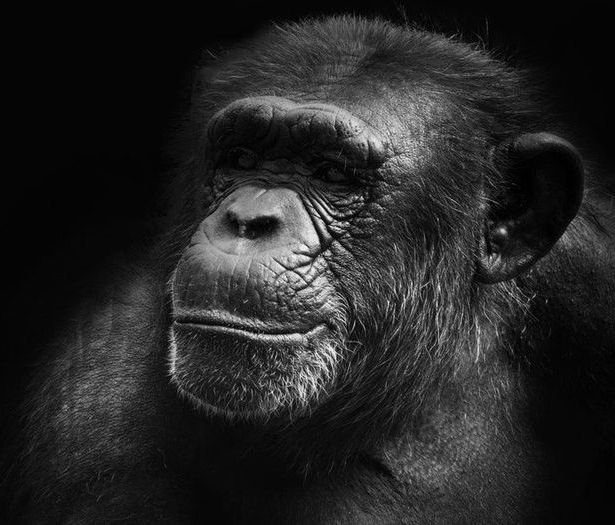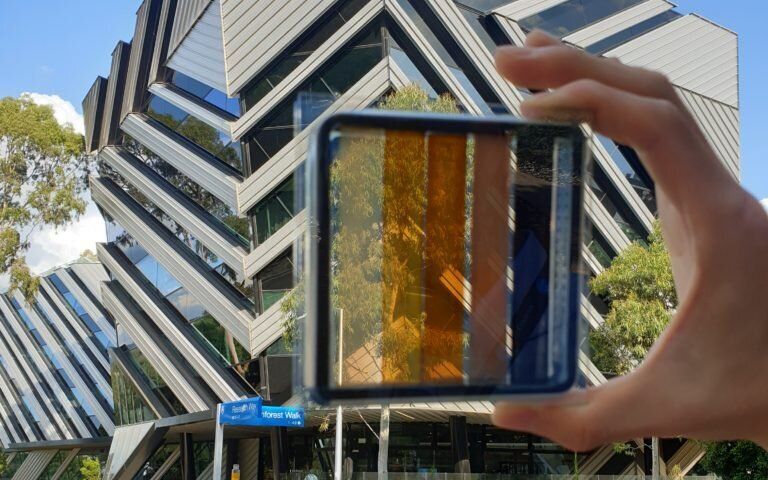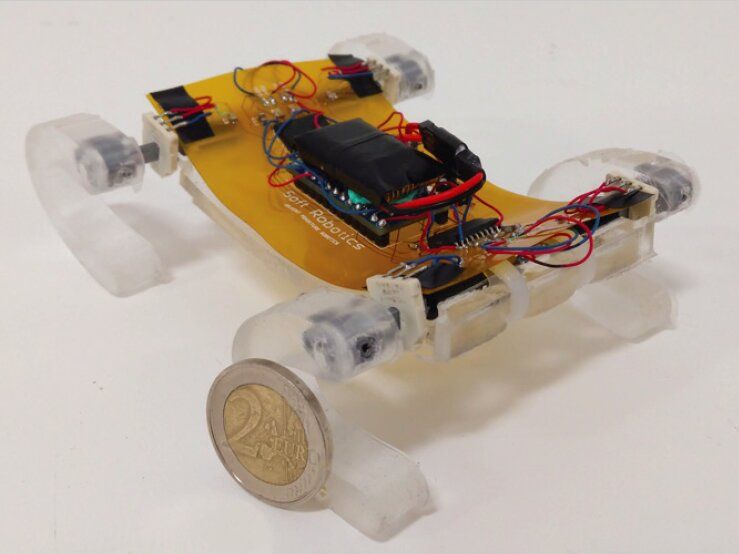The key appears to be lateralization, meaning the specialization of different sides of the brain for different functions.




This is the seventh in a series on the impact of the coronavirus on China’s technology sector.
China’s robotics market is forecast to reach US$103.6 billion by 2023, driven by manufacturing, consumer, retail, health care and resource applications.
Chinese robotics companies have seen a surge in demand since the coronavirus outbreak but some believe robot tech is not mature enough for widespread use.
Hey all! I hope you are doing fine! I have just made a video about the story of how humanity will conquer pestilence (all diseases). If this is something that might interest you, please check it out! And if you enjoyed this video, please like, share, and subscribe!
Pestilence has long been an enemy of mankind. But what if one day, in the far future, mankind can defeat pestilence of every form and achieve lifespans so long that the concept of “life expectancy” is no longer a thing. Join me in this video as I tell the story of how humanity can defeat its old enemy, pestilence.

Existing electronic skin (e-skin) sensing platforms are equipped to monitor physical parameters using power from batteries or near-field communication. For e-skins to be applied in the next generation of robotics and medical devices, they must operate wirelessly and be self-powered. However, despite recent efforts to harvest energy from the human body, self-powered e-skin with the ability to perform biosensing with Bluetooth communication are limited because of the lack of a continuous energy source and limited power efficiency. Here, we report a flexible and fully perspiration-powered integrated electronic skin (PPES) for multiplexed metabolic sensing in situ. The battery-free e-skin contains multimodal sensors and highly efficient lactate biofuel cells that use a unique integration of zero- to three-dimensional nanomaterials to achieve high power intensity and long-term stability. The PPES delivered a record-breaking power density of 3.5 milliwatt·centimeter−2 for biofuel cells in untreated human body fluids (human sweat) and displayed a very stable performance during a 60-hour continuous operation. It selectively monitored key metabolic analytes (e.g., urea, NH4+, glucose, and pH) and the skin temperature during prolonged physical activities and wirelessly transmitted the data to the user interface using Bluetooth. The PPES was also able to monitor muscle contraction and work as a human-machine interface for human-prosthesis walking.
Recent advances in robotics have enabled soft electronic devices at different scales with excellent biocompatibility and mechanical properties; these advances have rendered novel robotic functionalities suitable for various medical applications, such as diagnosis and drug delivery, soft surgery tools, human-machine interaction (HMI), wearable computing, health monitoring, assistive robotics, and prosthesis (1–6). Electronic skin (e-skin) can have similar characteristics to human skin, such as mechanical durability and stretchability and the ability to measure various sensations such as temperature and pressure (7–11). Moreover, e-skin can be augmented with capabilities beyond those of the normal human skin by incorporating advanced bioelectronics materials and devices.

(Reuters) — With much of the world living in lockdown, the spread of the new coronavirus, SARS-CoV-2, that was first detected in China late last year is beginning to slow in some places. As of April 23, 2.7 million had been infected and 192,000 killed by COVID-19, the disease caused by the virus.
While a safe, effective vaccine is still more than a year away, researchers are rushing to repurpose existing drugs and non-drug therapies as well as testing promising experimental drugs that were already in clinical trials.

Semi-transparent solar cells that can be incorporated into window glass are a “game-changer” that could transform architecture, urban planning and electricity generation, Australian scientists say in a paper in Nano Energy.
The researchers—led by Professor Jacek Jasieniak from the ARC Centre of Excellence in Exciton Science (Exciton Science) and Monash University—have succeeded in producing next-gen perovskite solar cells that generate electricity while allowing light to pass through. They are now investigating how the new technology could be built into commercial products with Viridian Glass, Australia’s largest glass manufacturer.
This technology will transform windows into active power generators, potentially revolutionizing building design. Two square meters of solar window, the researchers say, will generate about as much electricity as a standard rooftop solar panel.

Researchers at Bilkent University in Turkey have recently created a small quadruped robot called SQuad, which is made of soft structural materials. This unique robot, presented in a paper published in IEEE Robotics and Automation Letters, is more flexible than existing miniature robots and is thus better at climbing or circumventing obstacles in its surroundings.
“We have been working on miniature robots for almost a decade now,” Onur Ozcan, one of the researchers who carried out the study, told TechXplore. “Even though miniature robots have many advantages, such as being cheap, as they require fewer materials, and the ability to access confined spaces, one of their major drawbacks is their lack of locomotion capabilities, especially on uneven terrain.”
Tiny robots tend to get stuck easily while moving in the surrounding environment, as their height does not allow them to climb or avoid obstacles. Ozcan and his colleagues tried to overcome this limitation by implementing a principle known as ‘body compliance.”
Israeli researchers uncovered a novel way that hackers could steal sensitive data from a highly secured computer: by tapping into the vibrations from a cooling system fan.
Lead cyber-security researcher Mordechai Guri at Ben-Gurion University of the Negev said data encoded by hackers into fan vibrations could be transmitted to a smartphone placed in the vicinity of the targeted computer.
“We observe that computers vibrate at a frequency correlated to the rotation speed of their internal fans,” Guri said. Malware can control computer vibrations by manipulating internal fan speeds, he explained. “These inaudible vibrations affect the entire structure on which the computer is placed.”
